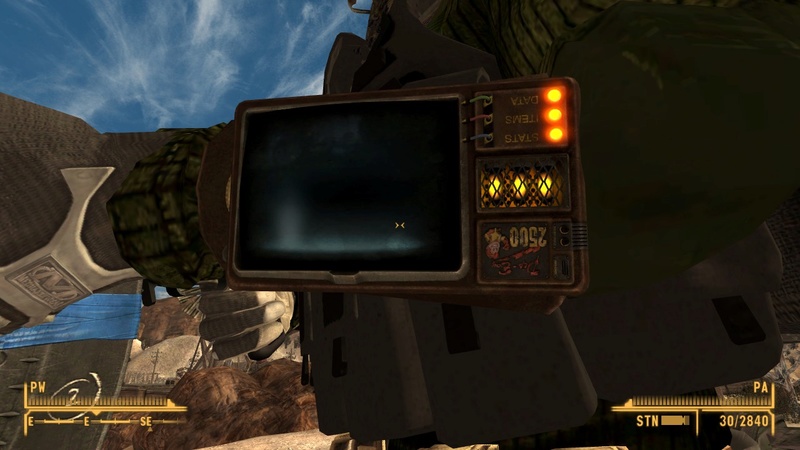

“Retrofuturism is often characterized by depictions of technology in a nostalgic style,” Liz shared. These also happen to be some of the most recognizable traits of Fallout, and is what guides the series’ distinctive style. Titled Futurama, it was an exhibit into a possible model of the world 20 years into the future, featuring cutting-edge technology and streamlined designs, including automated highways and the prevalence of automotive vehicles. The Classic Pip-BoyĪs a design trend, one of the most notable showcases of retrofuturism is a collaboration between General Motors and Norman Bel Geddes, a prominent industrial designer back in the ‘30s. The first two Fallouts utilized the tablet-like Pip-Boy 2000. So what else could be inferred about the Pip-Boy and its universe? Are these iterations true to the retrofuturism trend and Fallout’s old world kitsch? And are they functionally designed for a grueling universe where everything has gone up in flames? Armed with this burning curiosity, I decided to ask two people who can offer some insights: Leonard Boyarsky, one of the lead designers of Fallout at Interplay, who’s now at Obsidian Entertainment and Liz (pseudonym), an award-winning industrial designer with her own multi-disciplinary design studio. In fact, the Pip-Boy has only become even more diegetic with the Bethesda era of Fallout, with the interface becoming an in-universe device that characters can stare at from a first-person perspective. The older Pip-Boy is said to have more superfluous functions-including screensavers, buddy chat programs and alarms-even though these aren’t accessible features in the game, whereas the newer devices are more concerned with expanding on their stylistic flourishes and visual language. What started as a top-down, turn-based RPG is now more akin to a first-person shooter today. And as it's evolved from a rusty handheld device to a chunky watch, the gadget’s transformation is also emblematic of the series’ divergence. This version is vastly different from the streamlined, wrist-mounted devices by Bethesda instead, it’s a clunky assemblage of rusted metal, vacuum tubes, and wire meshes meant to be held by hand and prodded at like a tablet.ĭespite numerous facelifts, the Pip-Boy remains one of the most iconic tools in video game history, thanks to the series’ popularity and the tool’s ubiquity. As the original entry of this post-apocalyptic series, it was Interplay’s Fallout that introduced the prototypical Pip-Boy to the world-the device that’s now so synonymous with the Fallout name itself. Before Bethesda Softworks’ visually immaculate Fallout universe, there were the grainy snapshots of Interplay Entertainment's portrayal of a landscape desecrated by the ashes of a nuclear fallout.


 0 kommentar(er)
0 kommentar(er)
